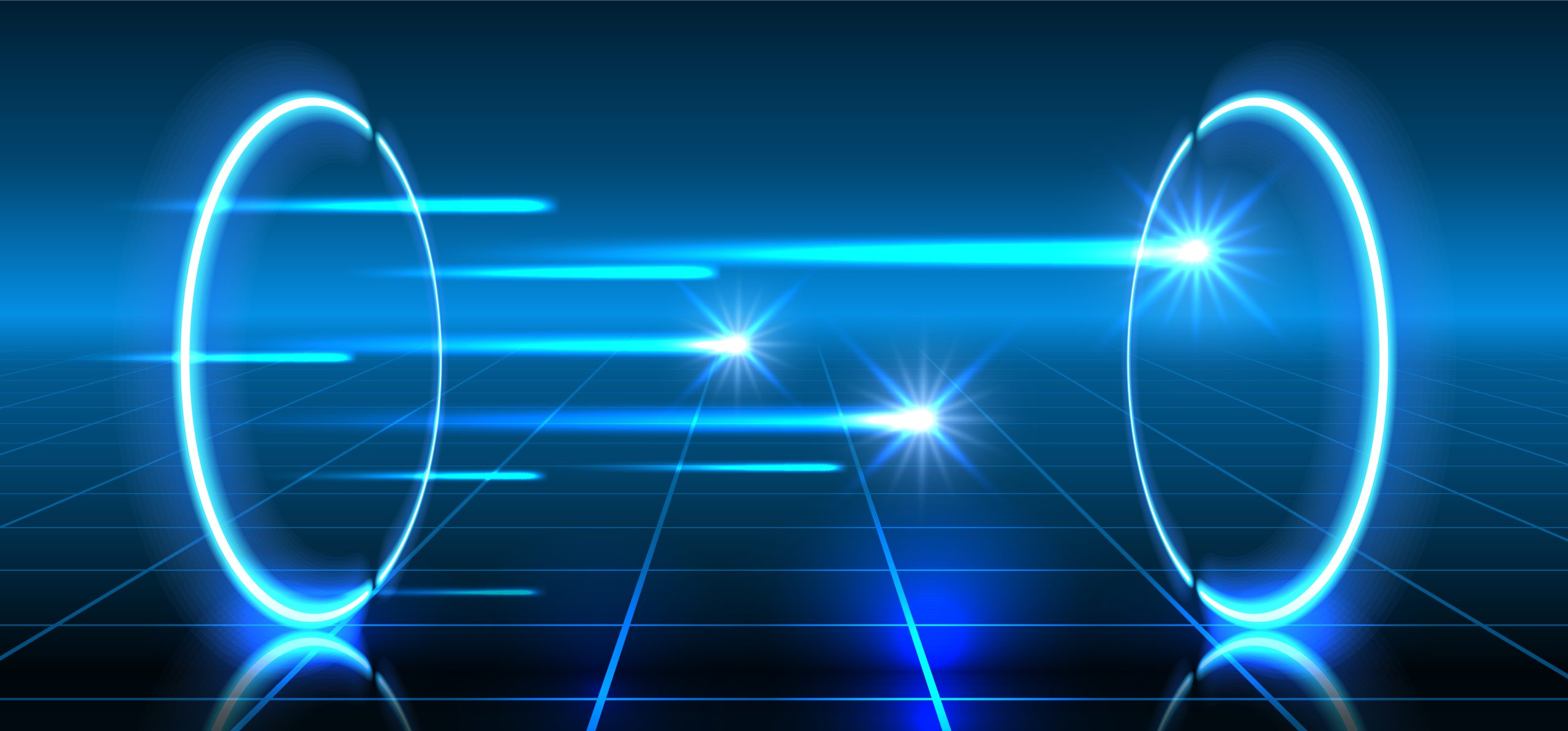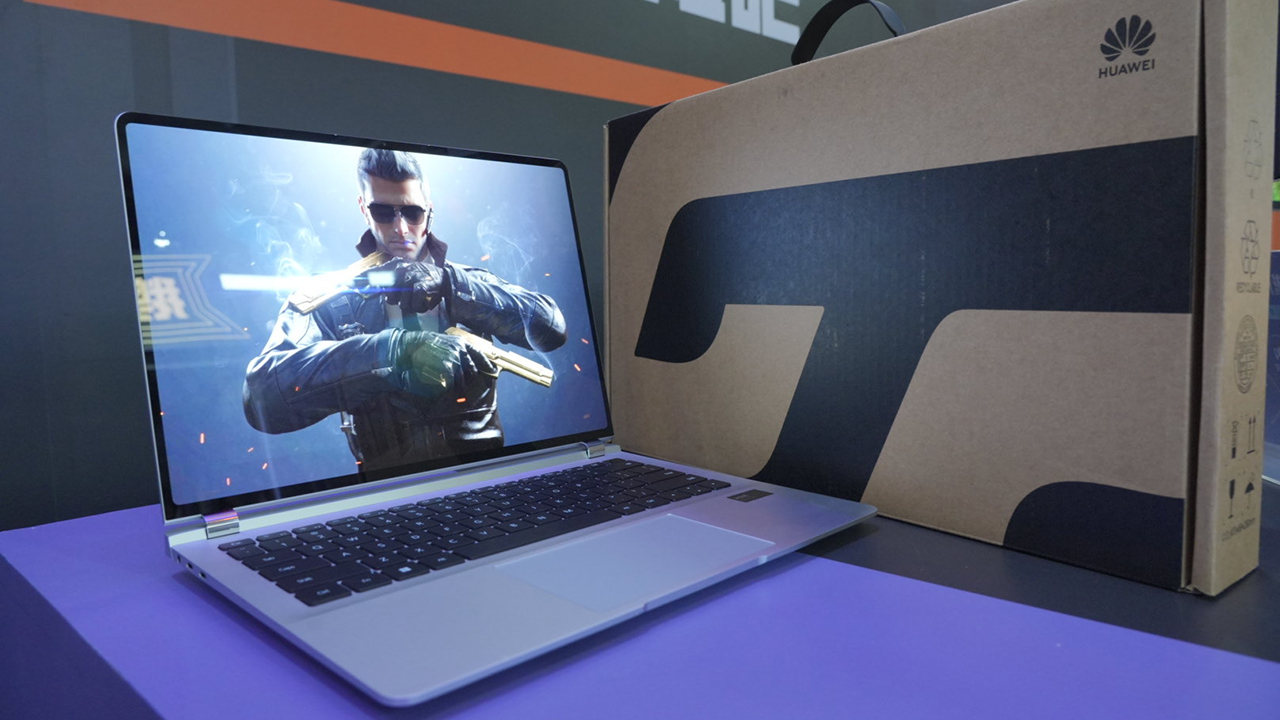This is the first quantum teleportation of information! Concretely, the researchers demonstrated that quantum information can be transmitted without a physical path between network nodes. The results of their quantum teleportation have just been published in temper nature.
The qubit, the elementary unit of quantum teleportation
Already in 2021, scientists from the QuTech Institute at Delft University succeeded in creating the first Three-node quantum network. The quantum teleportation between nodes of this network is thus a continuation of this work. These discoveries pave the way for the development of a large number of applications. Especially in the secure sharing of information or the creation of the quantum internet of the future.
Video: What is a quantum computer? What is quantum computing? What are the differences with traditional computing? What are the needs? Video explanations.
Quantum teleportation relies on the qubit, the basic unit for sharing quantum information. Qubits are for quantum computing what is the same for classical computing.
In a traditional computer, information is stored in the form of bits in the computer’s memory and on physical media such as hard disks, USB keys, or even memory cards. A bit is the smallest unit of information that can take only two values: 1 or 0. This is the binary system that traditional computers use. Thanks to this thing, the computer will be able to transfer photos, audio, videos and any type of file.
In quantum computing, a qubit is a system that can be in two quantum states. But unlike a bit, which can only be 1 or 0, a qubit can be in a continuum of superpositions of its two base states.
Qubits exploit the laws and properties of quantum physics. One such property is quantum entanglement. Inside it, two particles behave as if they were connected by an invisible thread. Changing the properties of one particle immediately changes the properties of the other particle.
Three quantum wizards: Alice, Bob and Charlie
Currently, qubits can be transmitted through optical fibers, but photon losses occur over long distances. The transmitted signal is further altered when the photon is lost, as well as the quantum information it carries.
To address the problem of information quality loss, quantum teleportation is an interesting solution. It can allow quantum information to be transmitted between nodes, a type of quantum microprocessor, that are physically separated. This is the achievement just achieved by a team of physicists from Delft University within a three-node network.
The first two protagonists are Alice and Bob, the two main nodes of the network. One is the sender and the other is the receiver. As in any good teleportation, the qubit disappears on the transmitter side to appear immediately on the receiver side. The researchers just introduced a third protagonist, Charlie, who acts as a relay to extend the signal’s range.
To perform the manipulation, the scientists used qubit Based on diamonds they placed inside a circle of quantum nodes. Each node (Alice, Bob and Charlie) contains a communication qubit and Bob has one extra that serves as his memory.
Alice, Bob and Charlie were placed in three labs several meters apart. Alice is actually connected to Bob by optical fibers just like Bob and Charlie, and then quantum entanglement links are created. Thanks to the entanglement exchange process, the researchers were able to relay a message from Charlie to Alice while they weren’t physically connected.
Read also: Particle entanglement, or when Einstein in spite of himself contributes to quantum physics
Excellent quality teleportation without loss
The signal transmitted by teleportation between the two quantum nodes Charlie and Alice is of excellent quality and shows no loss, confirming the extreme stability of the qubit.
To achieve this quantum teleportation, scientists made several improvements to the three-node quantum network they created in 2021. They began by improving a detection system that previously tended to give false signals, because the photodetectors used were similar to those used for detection. tangle.
Other improvements relate to the qubit reading procedure. It also implements qubit memory protection during the quantum entanglement phase.
Physicists are now planning to put more memory modules in the system so they can plan more complex operations.
Future research will aim to reverse the teleportation process, i.e. start generating qubits to be teleported before setting up the system and performing teleportation. This means that they will have to find a way to store Quantitative information During the crosslinking step, which is particularly complex.
This quantum teleportation opens the way for similar connections at much larger distance scales. It would be possible, for example, to place two quantum nodes at a distance of 100 kilometers from each other. Thus increasing the signal with the relay node.
Read also:In the quantum world, time flows unexpectedly. The latest work could reshuffle the cards and force the scientific community to rethink its way of understanding the flow of time.
source : Hermans, SLN, Pompili, M., Beukers, HKC et al., “Qubit teleportation between non-adjacent nodes in a quantum network,” Nature 605, 663-668 (2022), https://doi.org/10.1038/s41586-022-04697-y

“Certified gamer. Problem solver. Internet enthusiast. Twitter scholar. Infuriatingly humble alcohol geek. Tv guru.”





